ENVIRONMENT: There is a problem with the water cycle, which moves the most important resource on Earth in an endless cycle that sustains life. The delicate equilibrium of that cycle has been broken by climate change, disrupting the flow of water between the earth, the seas, and the atmosphere.
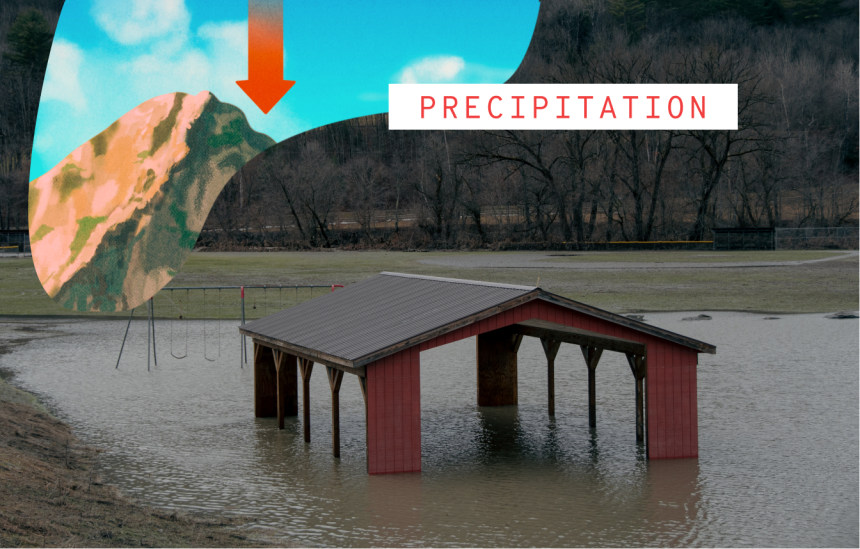
The events of 2023 demonstrate just how serious these disturbances have become. Climate change and the fluctuating supply of water have consequences for almost every region of the United States, ranging from excessive precipitation and floods to drought and poisoned water sources.
Since the water cycle governs every facet of the Earth’s climate system, almost every component of the planet’s water flow varies along with the climate. Water is becoming harder to come by in certain areas, while climate change is making severe weather events like floods and heavy rains more often in other areas.
It is anticipated that this cycle will become more strained, distorted, and broken as the world warms more.
A common topic in science studies in primary schools, the water cycle explains the continuous flow of water in all of its states—solid, liquid, and gas—on the surface, inside the earth, and above it.
The water cycle, which is driven by temperature variations and the sun, creates an unseen connection between the planet’s glaciers, snowpack, lakes, rivers, plants, trees, clouds, and rain.
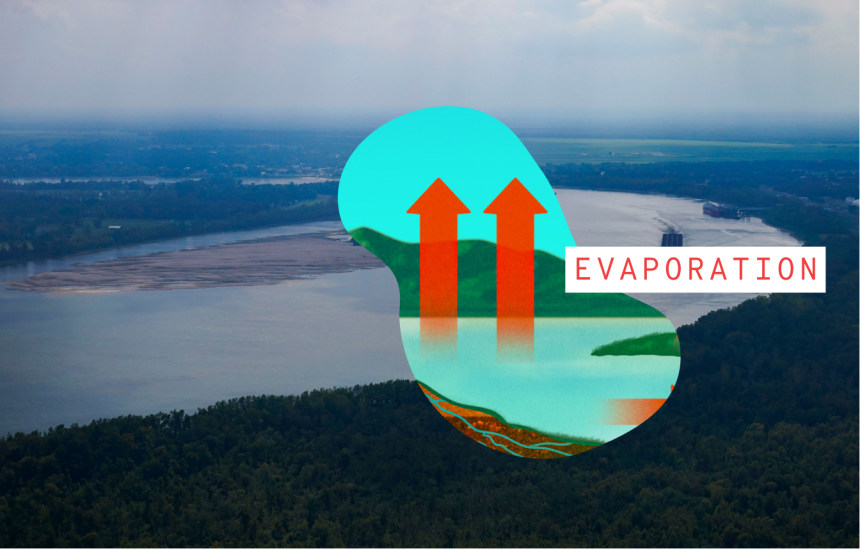
Runoff is the movement of liquid water over the land; some of it seeps below and stores as groundwater. There will be some water that runs into rivers, streams, and other bodies of water.
Additionally, water is kept in its frozen state in various regions of the earth, as seen by glaciers and snowpack. Evaporation is the process by which water that is on the ground or in bodies of water returns to water vapor. Transpiration is the process by which some water is absorbed by plants before evaporating into the atmosphere.
Clouds are formed when water vapor ultimately condenses. Rain and snow are examples of precipitation, which carries water from the sky back over land to restart the cycle.
The water cycle is greatly impacted by human activity since water is required for drinking, agriculture, industry, energy production, and other uses. The availability and quantity of water are impacted by each of these uses, but the flow of water between land, the seas, and the atmosphere may be further stressed by climate change.
We go over these important processes—precipitation, evaporation, transpiration, runoff, and storage—below to show how climate change is already altering our environment and harming millions of Americans.
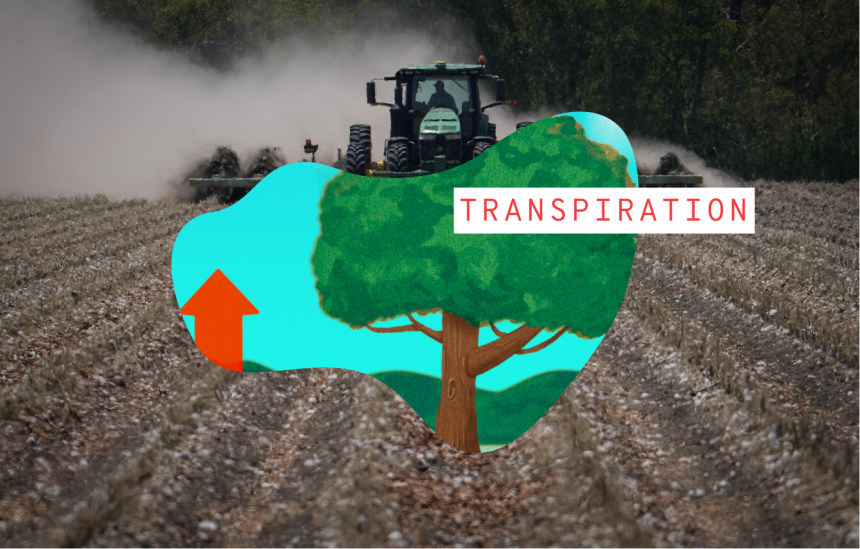
Extreme precipitation that pounded almost every region of the United States in 2023 was probably amplified by climate change.
About 3%–4% extra moisture may be held in the atmosphere for each degree of Fahrenheit warming. Because to the 2.43 degree increase in global temperatures in 2023 above preindustrial levels, storms of today have a greater force.
In July, there was so much rain in Vermont that it almost broke a dam in Montpelier, flooding the streets. Similar events occurred in New York City in September when 7 inches of rain poured in a single day in some areas, drowning automobiles and city buses and stopping train traffic.
Cities like New York, whose storm drains and subway tunnels are either dilapidated or were constructed for a milder climate, suffer more from the effects of storms.
Hurricanes are becoming increasingly intense in their rainfall patterns due to climate change. Today’s hurricanes are more likely to feed on warmer seas close to the coast, which causes them to strengthen quicker, or pick up wind speed. Furthermore, climate change is making it more likely that hurricanes may stall and pour down massive volumes of rain as they pound the ground during landfall.
Hurricane Idalia intensified from a Category 1 to a Category 4 storm in less than a day, reaching winds of up to 55 mph when it neared the Florida coast in late August. The area most heavily affected by rainfall was Holly Hill, South Carolina, where the storm dumped more than 13 inches of rain.
A summer of intense heat in 2023 demonstrated how hotter temperatures are boosting evaporation and transpiration in certain locations, making drought more probable and hurting plants.
Droughts are becoming increasingly often, severe, and prolonged due to climate change.
Due to a protracted drought that caused the Mississippi River’s water levels to fall to record lows in 2023, saltwater from the Gulf of Mexico was able to move upstream and pollute urban drinking water sources.
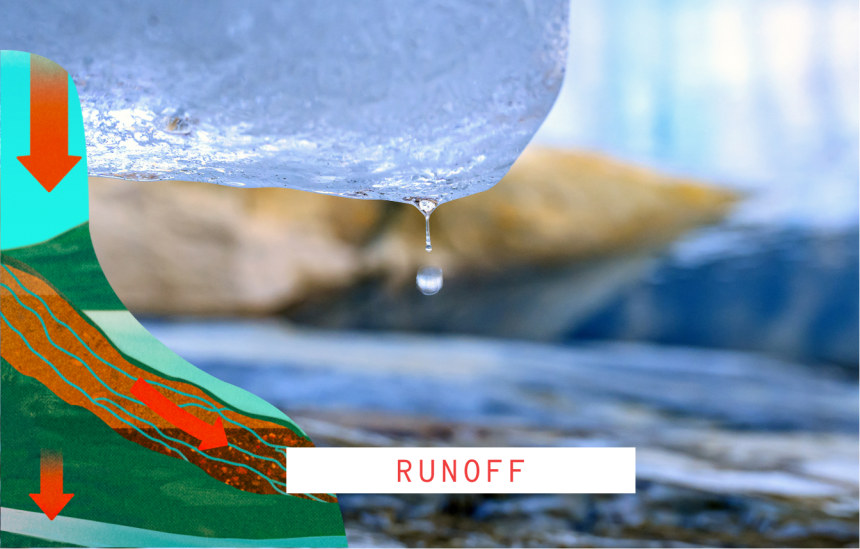
A researcher described the nonnative grasses on Maui as a “ticking time bomb” due to the dryness of the vegetation caused by the drought, which increased the danger of wildfires in Hawaii. In August 2023, a devastating wildfire that was fueled by winds equivalent to hurricanes tore through the ancient town of Lahaina, killing 101 people.
Drought in the Midwest and South lingered from spring to autumn, costing the area $14.5 billion, making it the most expensive natural catastrophe of 2023.
Particularly in the United States’ mountainous regions, climate change is altering the timing and pattern of runoff, which may result in very high and low river levels.
A glacier ice dam broke in Alaska, where temperatures have risen at a pace that is about twice as fast as the rest of the world. This caused a tremendous surge of floodwater to pour downstream, uprooting trees and submerging homes close to Juneau.
The National Oceanic and Atmospheric Administration claims that if it weren’t for glacier retreat and climate change, the event would not have occurred.
The Pacific Northwest’s melt-out was accelerated by warm spring and summer temperatures, which reduced the region’s autumn water supply and made it more difficult to produce hydropower.

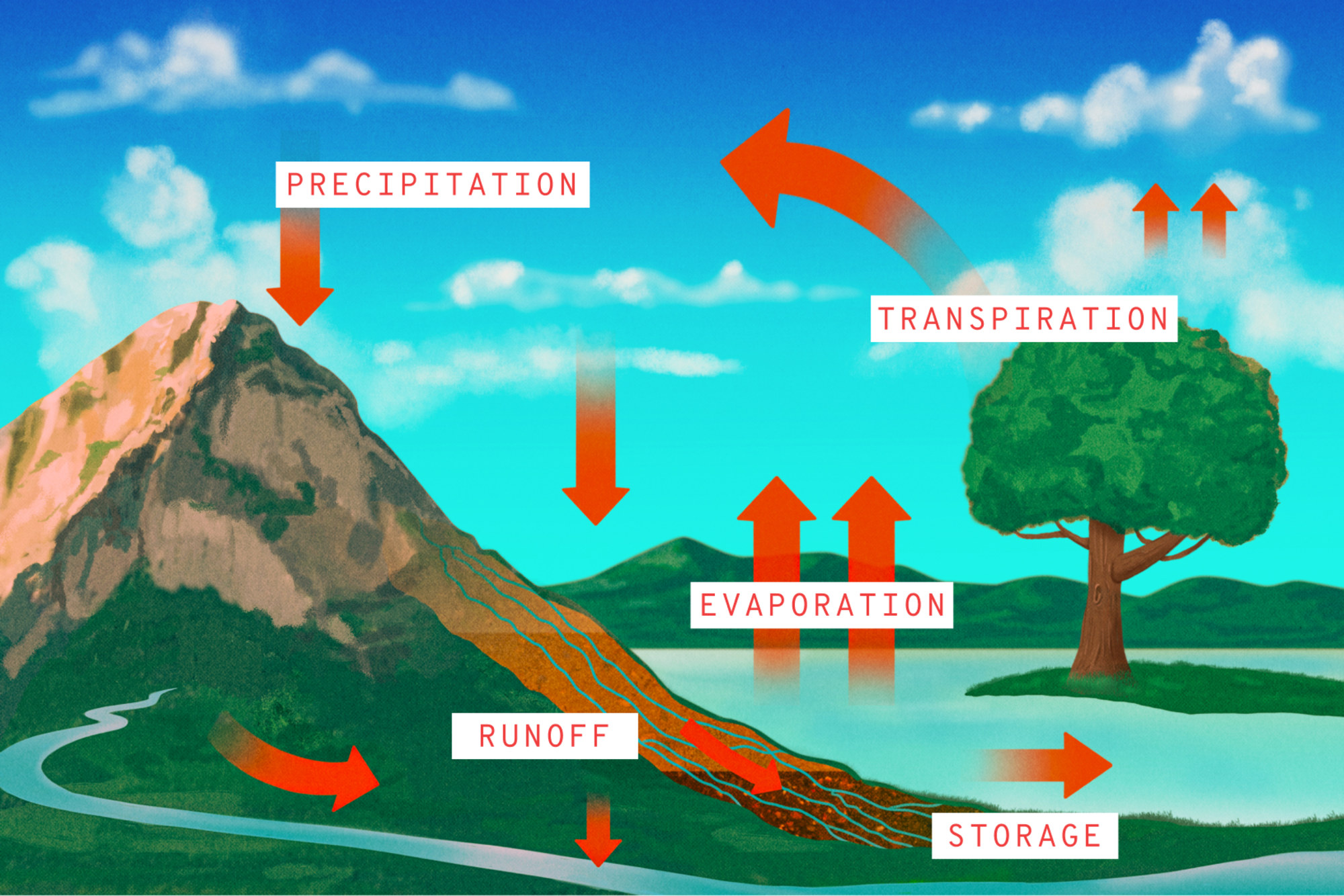
The availability of water is decreasing in several regions of the Midwest, the Great Plains, and the Western states.
Farmers are using excessive quantities of groundwater that have been stored, which is pushing certain aquifers to the limit due to years of misuse that has been caused in part by drought and increasing temperatures.
In 2023, California had over a dozen atmospheric river storms that left the state drenched in precipitation. The storms, which were probably made worse by climate change, ended the drought and dumped two to three times more snow on the state than normal.
However, the California Department of Water Resources reports that groundwater levels remained lower than they were during a previous, four-year drought that ended in 2016, and that all of that precipitation hardly made a dent in the state’s total groundwater deficit after seasons of drought.
Even after a year with a lot of snowfall, reservoirs in the Colorado River basin held just 43% of the total amount that may be stored at year’s end. Several states came to an agreement on reductions in this regard last year.
NEWS COLLECTED: NBC NEWS





